Buy Hydrogenated Castor Oil CAS 8001-78-3, as emulsifier from TNJ Chemical, China leading Hydrogenated Castor Oil CAS 8001-78-3 suppliers, factory & manufacturers. If you also want to buy Hydrogenated Castor Oil CAS 8001-78-3, please mail to sales@tnjchem.com
Hydrogenated castor oil (HCO) is a hard, brittle wax. It is odorless and insoluble in water.
Specification
Appearance Flakes Form
Hydroxyl Value 158
Iodine Value 4
Saponification Value 180
Acid Value 2
Melting Point 86
Specific Gravity 250C 1.02
Color White to Pale Yellowish
Appearance @ 20°C Solid (Mobile liquid @ 300C)
Odor Almost none
Nickel Content 3 Max
Color Gardner 2 Max
Flash Point 0C 242 C
Solubility in Water 200C 100G/L
pH @ 100G/L H2O 6-7
Hydrogenated Castor Oil is used in polishes, cosmetics, electrical capacitors, carbon paper, lubrication, and coatings and greases where resistance to moisture, oils and petrochemical products is required.
- Hydrogenation of castor oil accounts for the largest single use of castor oil for a standard commodity.
- The HCO is insoluble in water and most organic solvents, but it is soluble in hot solvents. It is water resistant while retaining lubricity, polarity and surface wetting properties. It is this insolubility that makes HCO valuable to the lubricants markets. It is perfect for metal drawing lubricants and multipurpose industrial greases.
- Hydrogenated Castor Oil is used in polishes, cosmetics, electrical capacitors, carbon paper, lubrication, and coatings and greases where resistance to moisture, oils and petrochemical products is required.
- As Hydrogenated Castor Oil contains secondary hydroxyl group, it is useful in polyurethane coating formulation.
- It also finds use in cosmetics, hair dressing, ointments, and in the preparation of hydroxyl-stearic acid and derivatives. Sometimes, HCO is used as a paint additive, pressure mould release agent in the manufacture of formed plastics and rubber goods.
Production Process
- It is produced by addition of hydrogen to castor oil (hydrogenation process) in the presence of a nickel catalyst. This is done by bubbling hydrogen gas into the castor oil, during which the ricinoleic acid becomes fully saturated to give a viscous waxy like substance with a melting point of 61-69oC.
- High catalyst concentration is required for the good results. A temperature range of 125-135oC and pressure range of 2-2.5 kg/cm3 is required for the saturation of double bond.
- The object of the hydrogenation is not only to raise the melting point but also to improve the keeping qualities, taste and odor. As the reaction itself is exothermic, the chief energy requirements are in the production of hydrogen, warming of the oil, pumping and filtering.
Packing
25 Kg Laminated Paper Bags, 16 Mt/palletized in one 20FCL



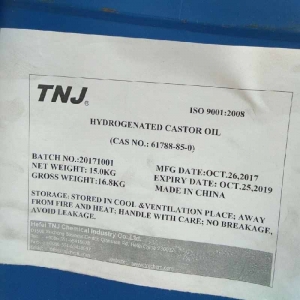
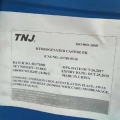
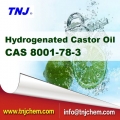
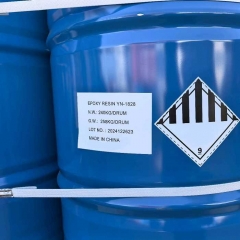
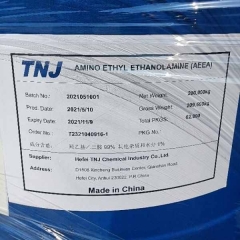
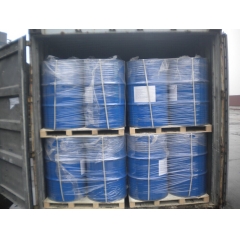
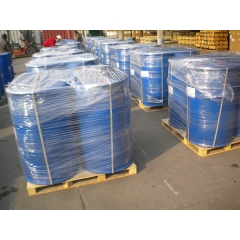
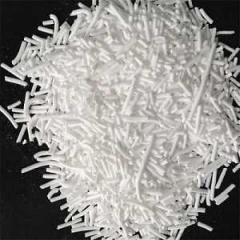
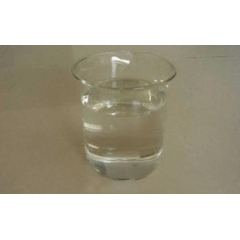
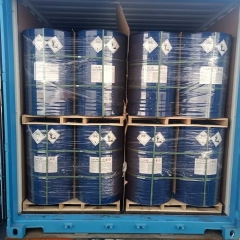
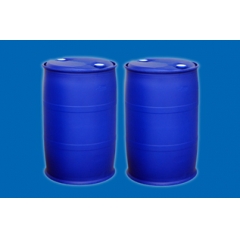
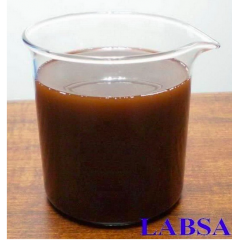
 chemical.tnj
chemical.tnj +8618949823763
+8618949823763 tnjchem
tnjchem 2881500864
2881500864